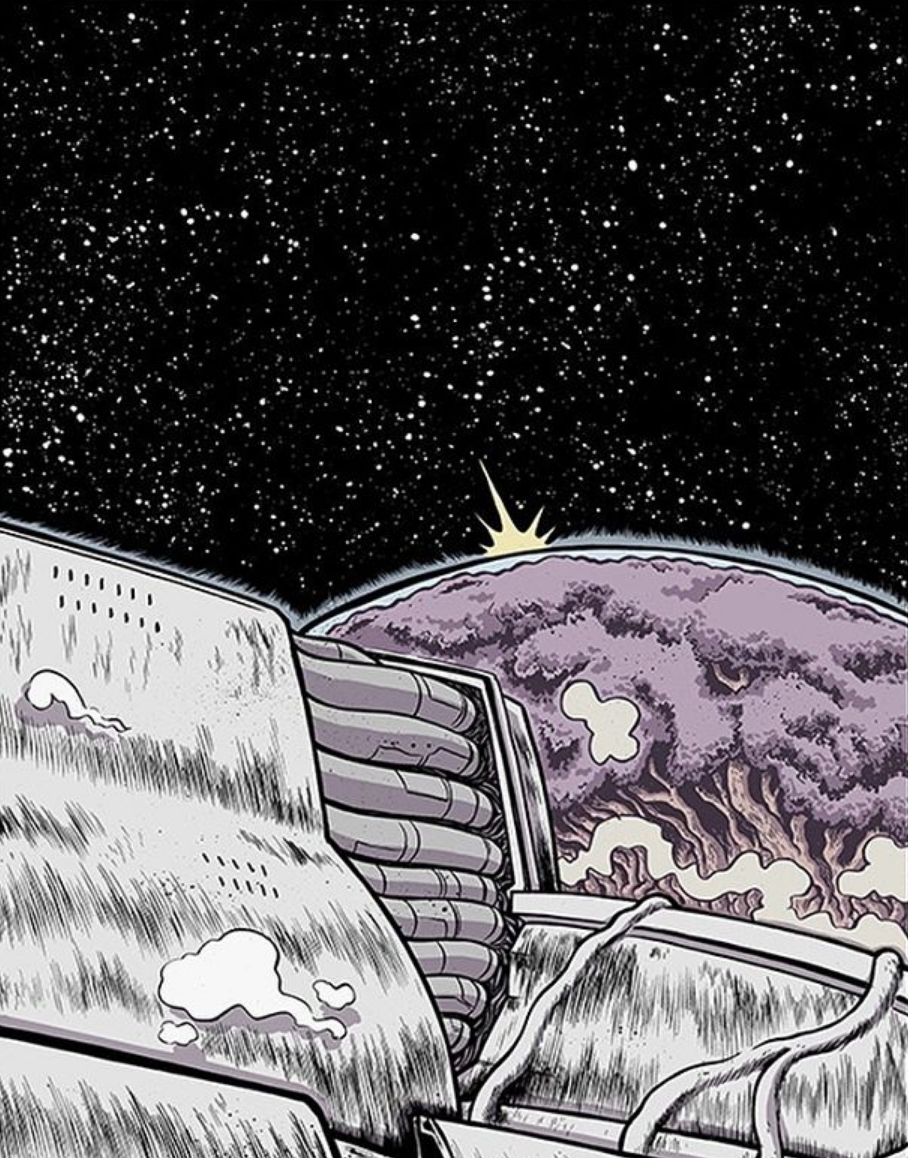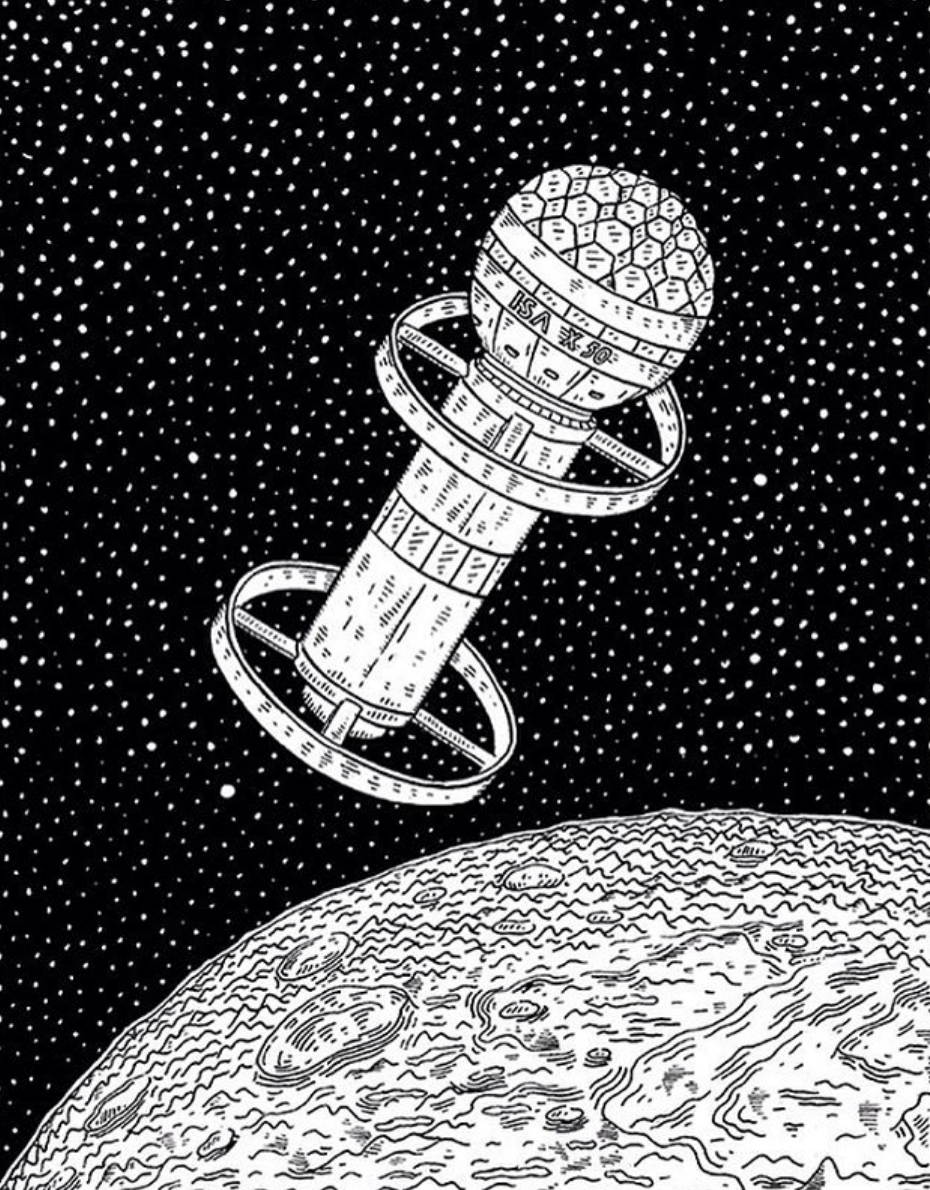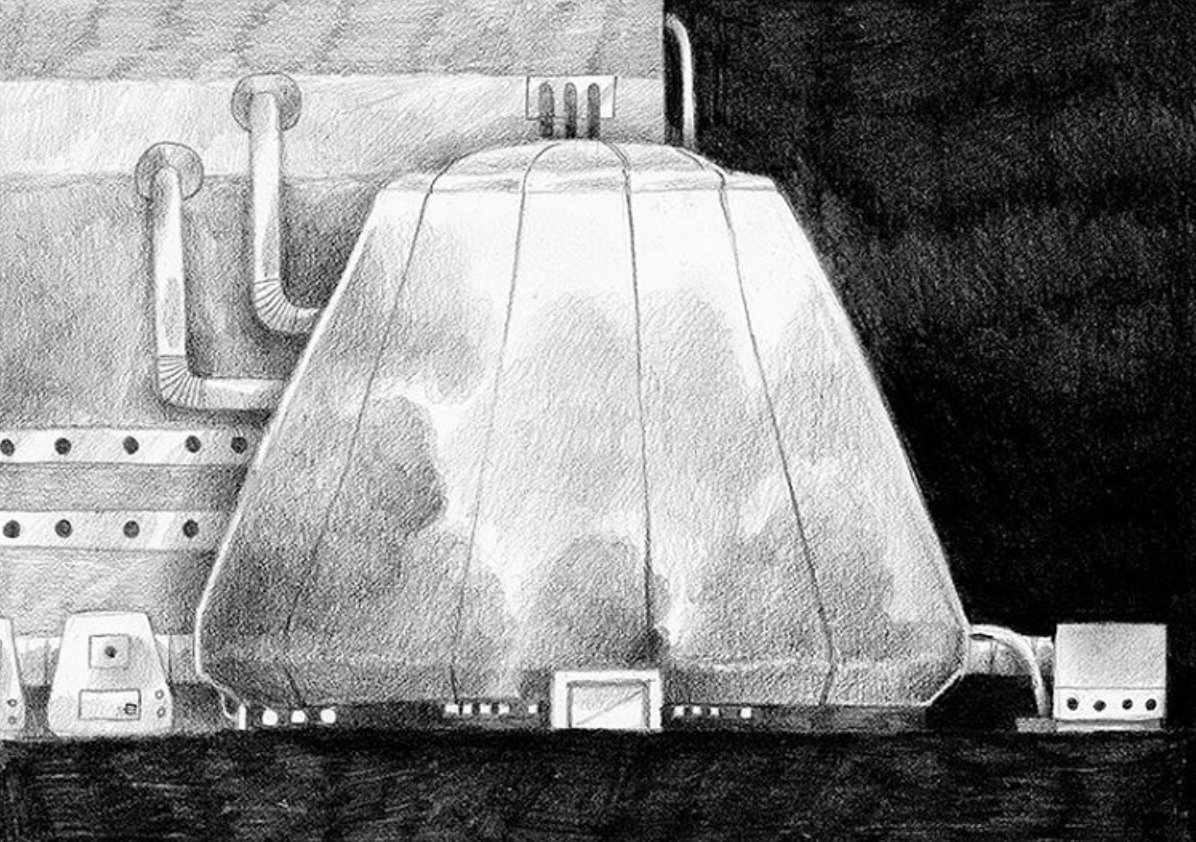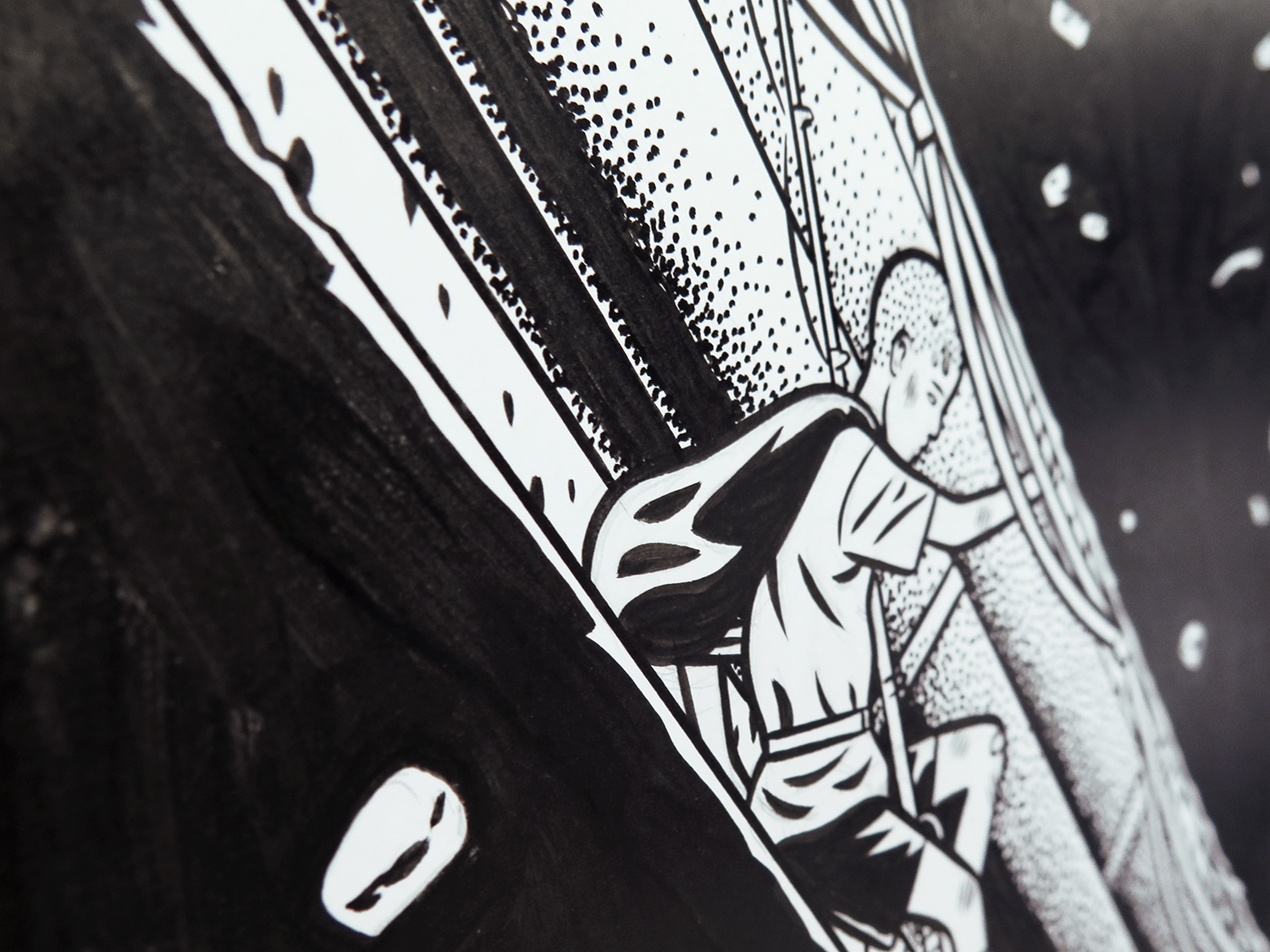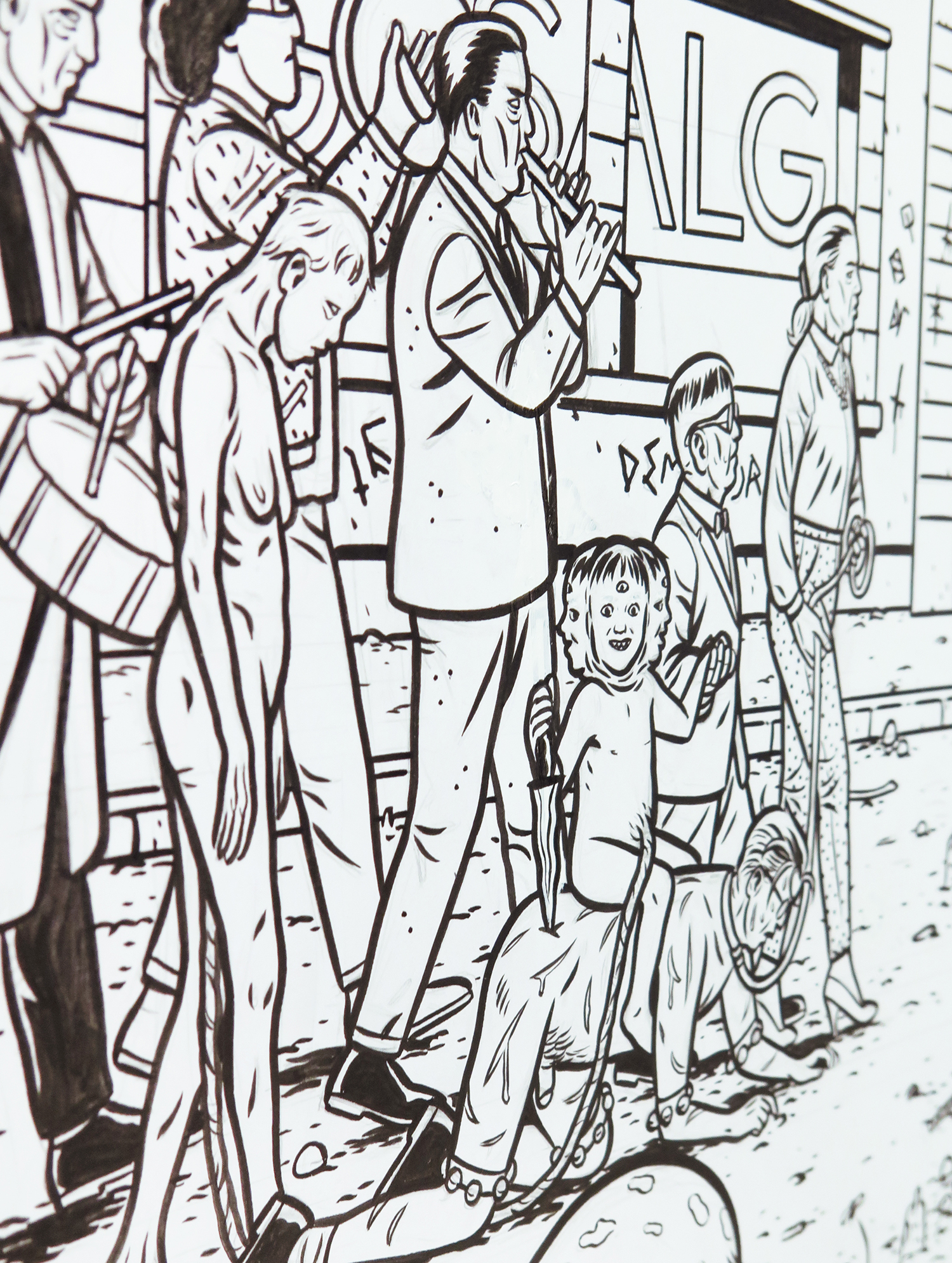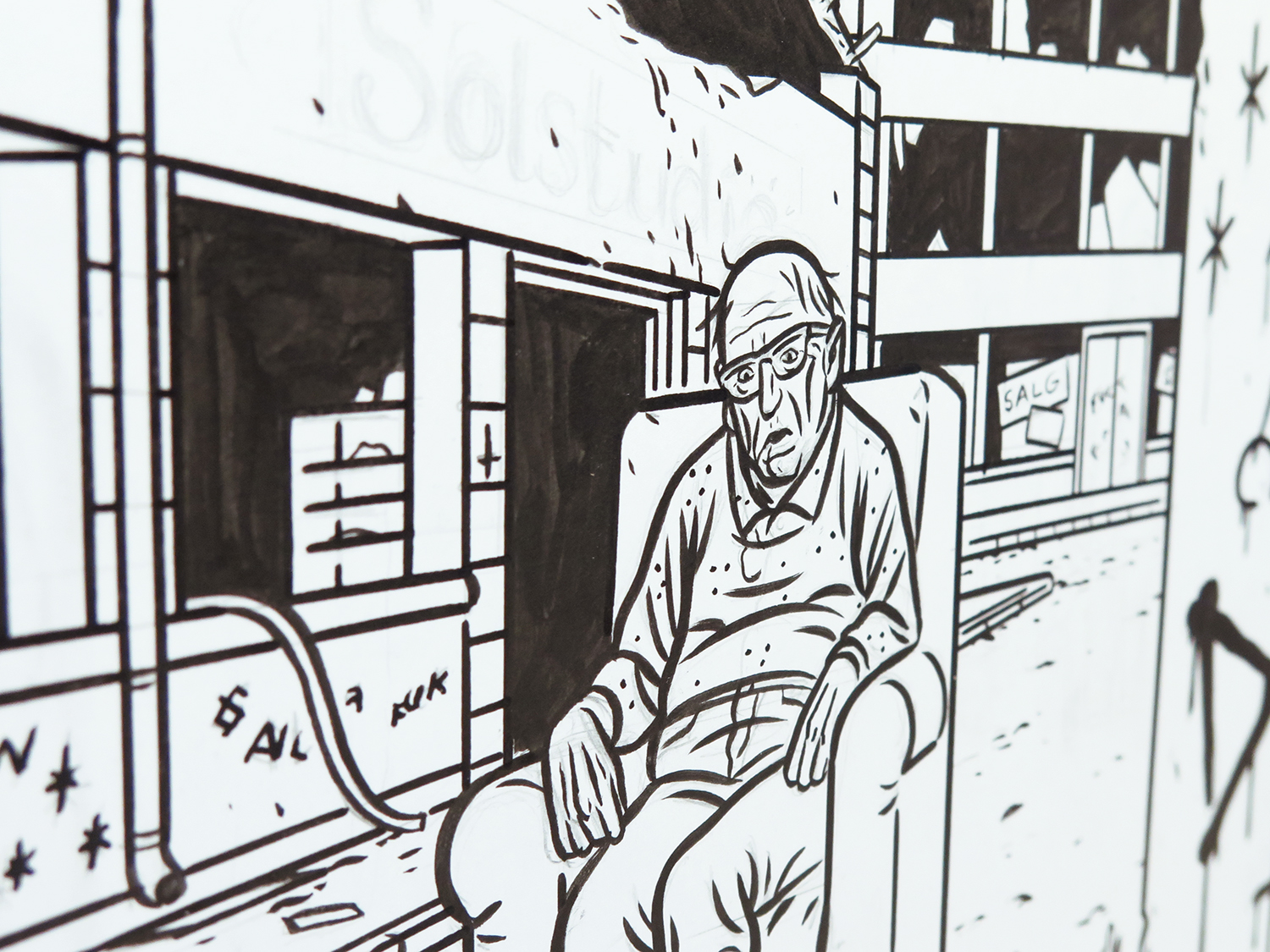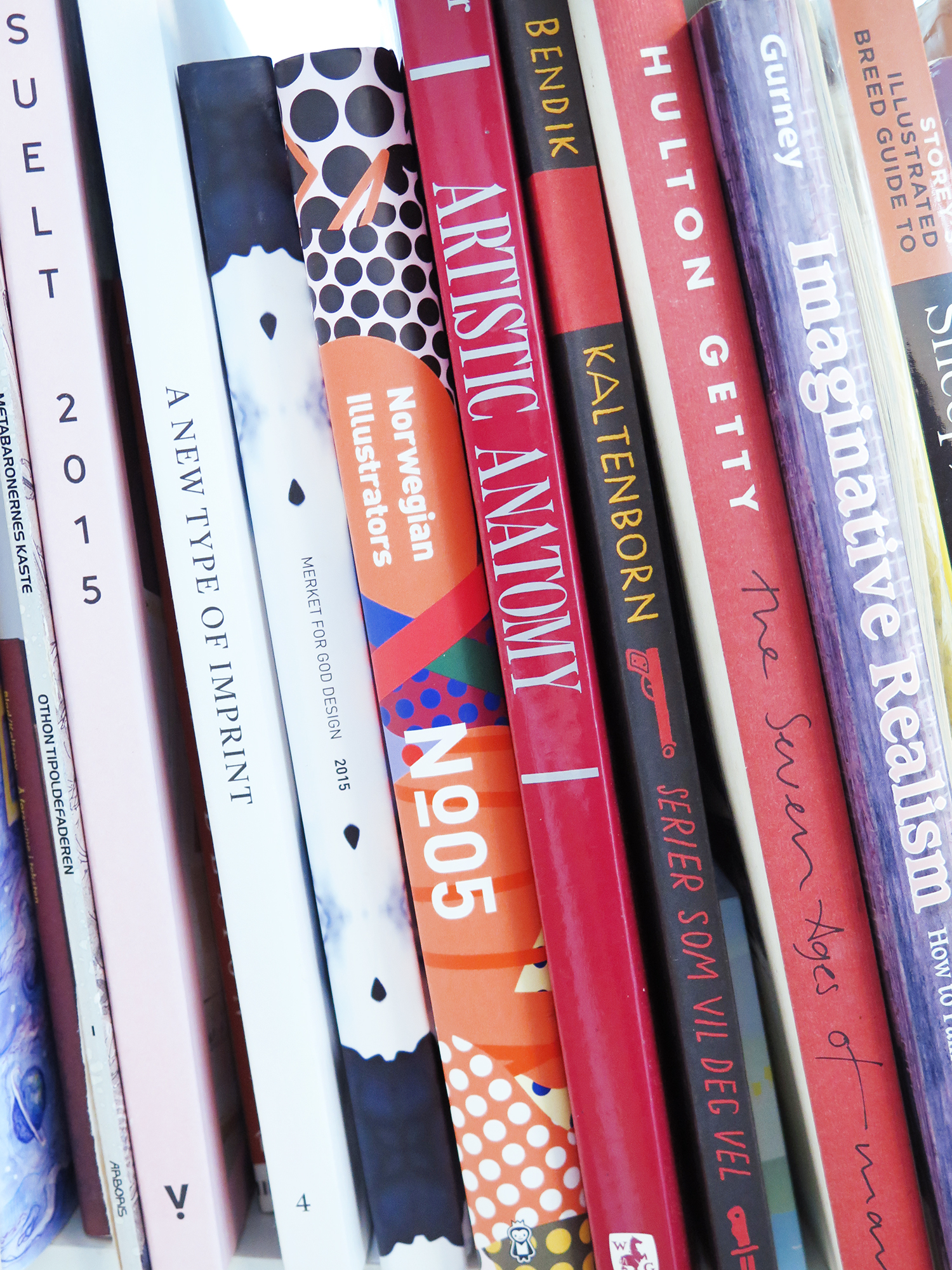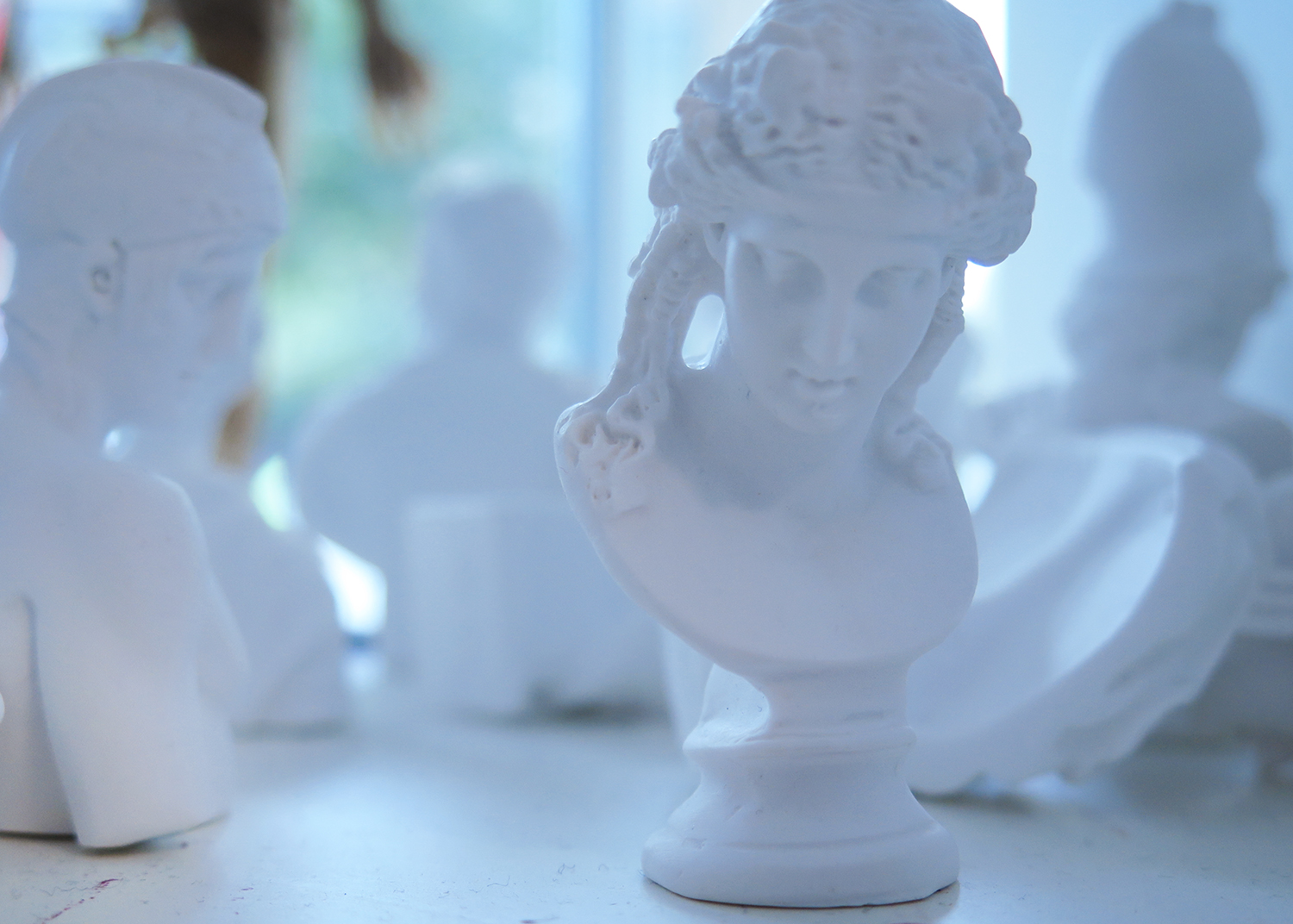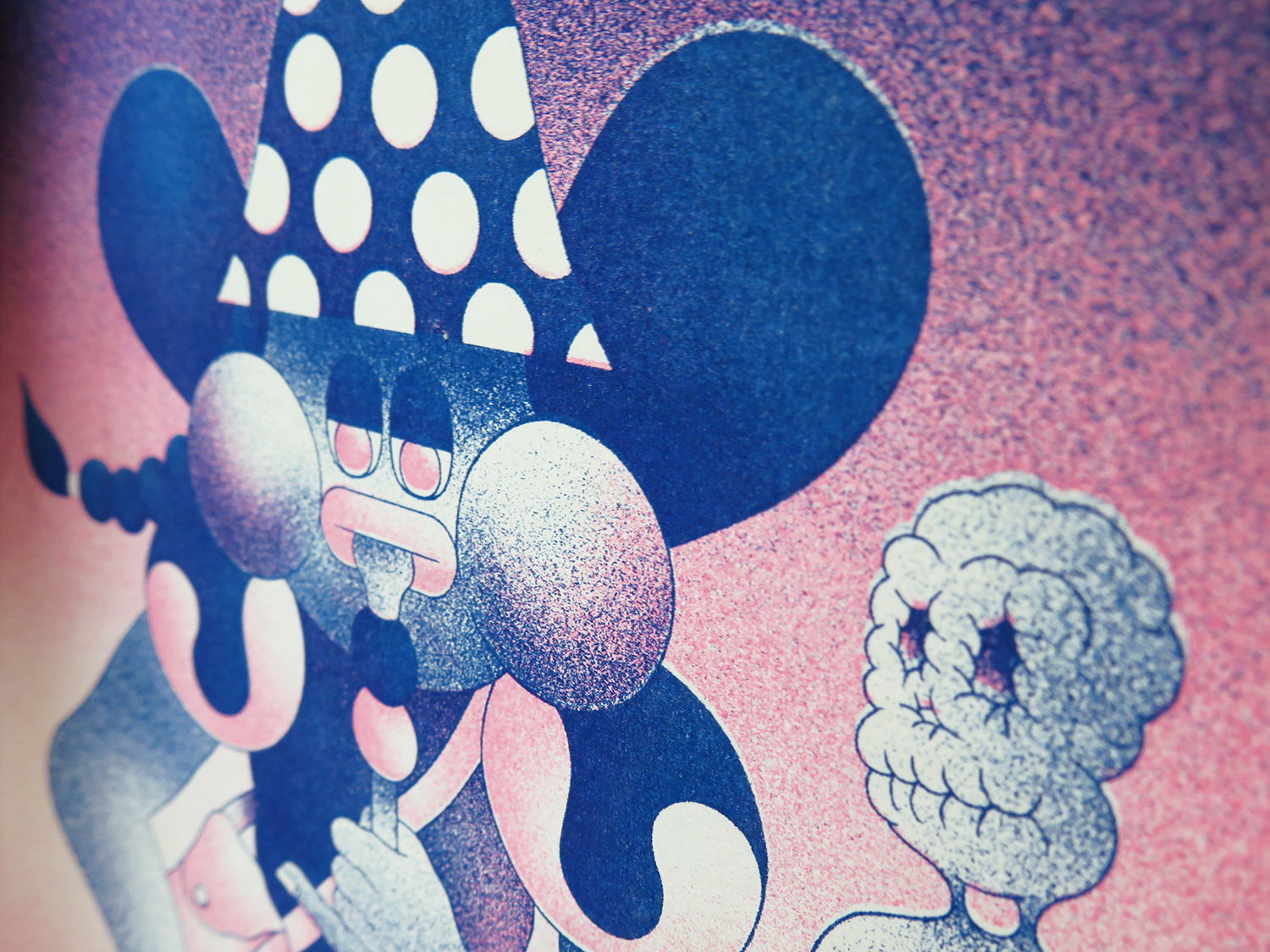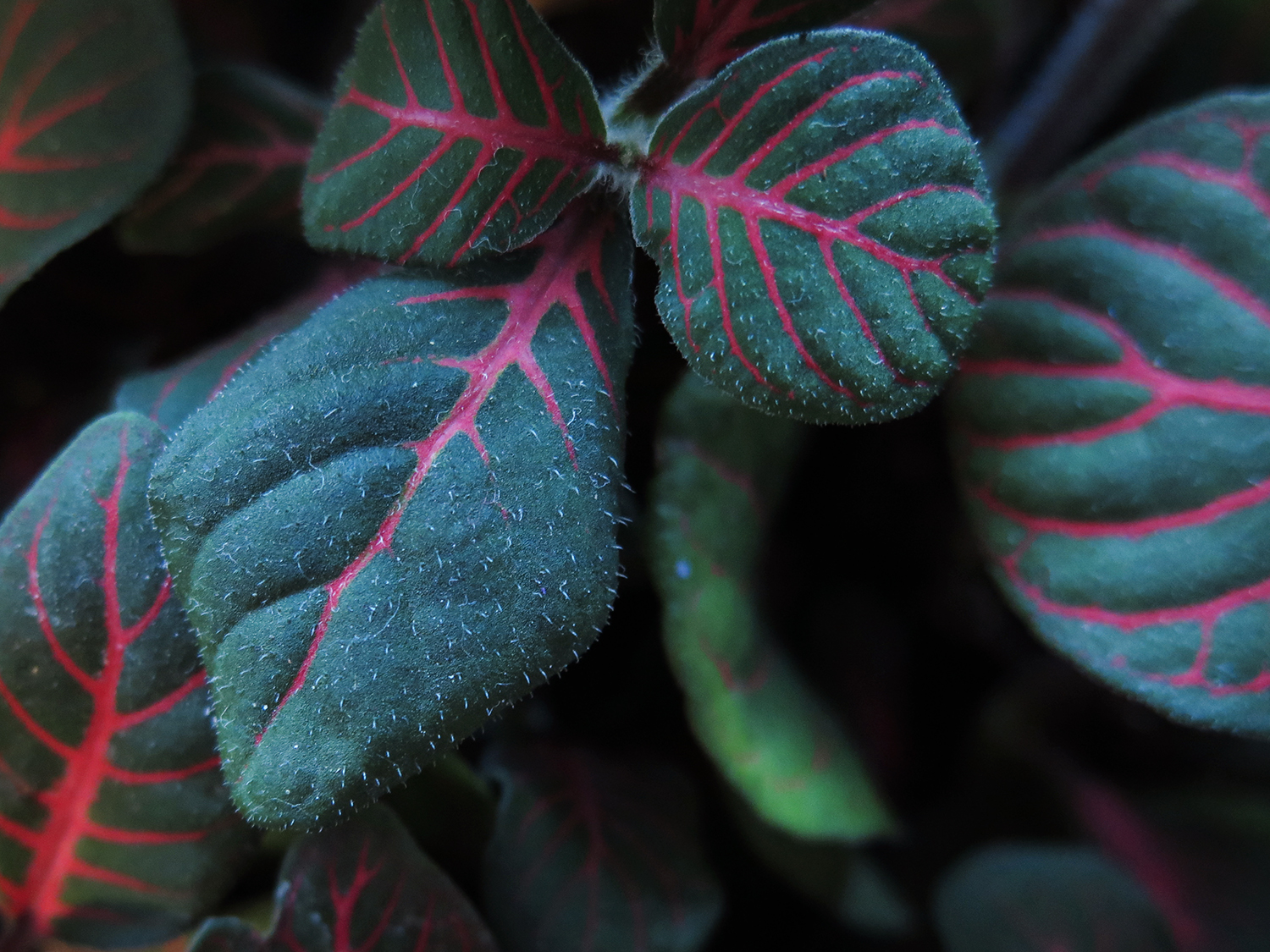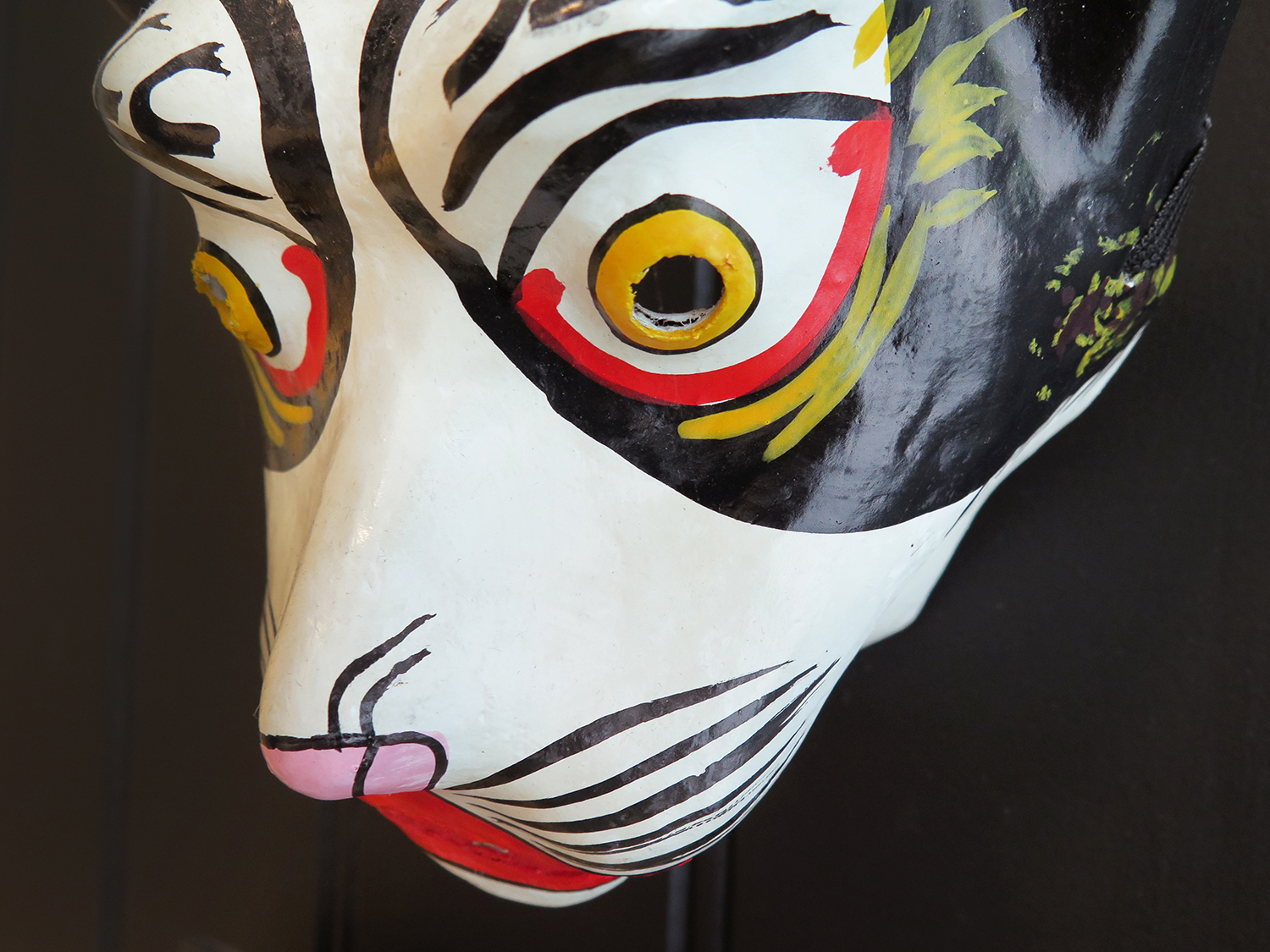WHEN ART GETS INACCESSIBLE

Oslo has a great art scene. The city is full of small and bigger galleries located in fancy buildings or former auto repair shops with artworks from artists with well known names to local upcommers. But what about places where you can come in and just talk about art? Just outside “Ring 2” of Oslo you’ll find something beautiful, messy and dynamic.
I found Blank Space while randomly browsing Instagram. They caught my attention by offering silkscreen courses and after a few weeks of trying to figure out what Blank Space was, I decided to pay them a visit. Below is an interview with one of the founders. I hope you will enjoy the reading.
Who are you and what is Blank Space?
Well a short introduction of either of those things are nearly impossible. We have been around for 3 and a half years and we still haven’t found that one sentence that describes what we do. But I’m Elizabeth, I moved here from San Francisco, born and raised in a city near Detroit. My husband is Norwegian and we moved here after we both graduated from The Academy of Art San Francisco in 2012-ish. We both studied illustration and I got two degrees; one bachelor in illustration and one bachelor in fine art printing.
In San Francisco anything goes really, but it goes on a really professional level, like there’s a lot of enthusiasts and a lot of exciting things happening and it is probably the one city in the world where you can totally make a living of building fire-breathing dragons. San Francisco is a beautiful city of asking “why not?” instead of “why?”
I had a lot of different jobs in San Francisco; from being an artist's model to being a teacher to being a studio technician to writing a blog and there was always art. Constantly. I also worked in a higher end gallery as an assistant so I got to learn how to send out invoices and how to package art and how to or not how to talk to people because they were always kind of on the snooty side and I was always a bit turned off by that.
“San Francisco is probably the one city in the world where you can totally make a living of building fire-breathing dragons.”
Everywhere people were complaining about the same things. About art being inaccessible and about people not buying art. It was always somebody else’s fault that the connection in art wasn’t there. Like: “I don’t know why my audience don’t buy my artwork” or “I don’t know why these artists make unrelatable art”. Basically everybody was mad at eachother.
There were a few places in San Francisco that knew how to tackle art from all sides with a gallery, studio spaces and classes upstairs, like Safehouse Atelier (which now moved to LA). The first time I experienced it I remember thinking: “This is really cool and amazing!” From that moment and onwards my subconsciousness shifted from being an artist to being an advocate for the arts. I had talked to people in all different phases of art; from students, teachers and curators to people who buys art, so in my head I was like: “Hey, I can totally make something like this”.
Blank Space | Photos by Runi Guld.
When my husband's student visa was up (at that time we were still just dating) we had to find out if we wanted to break up, or get married and leave the U.S, and so the moment came where I had to decide if I wanted to move to Norway. I had visited Norway with him a couple of times and it seemed very much that there was a lot of potential. When you talk about these alternate art forms like animation, comics, game design and so on, you have these really passionate interest groups but they weren’t really connected. It also seemed like the schools in Norway were a little behind in creating artists that could compete on an international level in these disciplines.
“Blank Space is a place for people to come and learn about new stuff or meet people who have common interests and a place for people to come and ask questions.”
So there was a Liz shaped hole here in Norway, and so we moved here. For the past 3 and a half years we have been making a community where we have gallery, studios, and workshops. Blank Space is a place for people to come and learn about new stuff or meet people who have common interests and a place for people to come and ask questions.
Most of the audience here at Blank Space are early career people, like people who just graduated from art school. For instance they can come by and ask questions about what to do next. The other majority of people is actually people who has nothing to do with art whatsoever. Like people who are taxi drivers or accountants. We try really hard to have an open door so that people don’t feel scared about coming in, and so they don’t feel nervous about trying something new. Like if you’re a professional animator you can come to us and take a bookbinding class, even if you have zero experience with that. We really try to make a comfortable environment.
“We try really hard to have an open door so that people don’t feel scared about coming in, and so they don’t feel nervous about trying something new.”
What is the difference between Blank Space and other galleries?
It’s a good question. The first thing that is most obvious is the content we work with. We represent pretty much any type of art. Right now we have a show with different comic book illustrators and just before that we had a contemporary impressionist painter from Brazil called Theo Felizzola who paints oil portraits of beautiful women, which is almost the most classical thing you can do. We kind of work with everything really, but we definitely focus on alternative art. We know that things like comic books and video games etc. are works of art but you’re not expecting to see it in galleries. I think that these things deserves a place to be, and by putting them in a gallery you give them some sort of respect.
Blank Space, works by Sigbjørn Lilleng | Photos by Runi Guld.
Second thing is that we’re not really concerned about selling art. Of course the artworks are for sale and I will hand you a pricelist when you come in, but it is not our main focus. Some of the people who are coming to us are confused about what they should feel when they look at art but there’s not really an answer to that. We try to have a discussion about what art is in a non-threatening way. We want people to connect with art, and we want them to be challenged and open minded. The difference could be the way that we present art. Maybe we are more like a museum than a gallery.
I think we have succeeded in linking the art back to the people. There’s this man who use to come down here. He works in some insurance company, and he almost always buys something, just something for 100 or 200 NOK and he’s just so grateful that he has a place to go to and talk about art.
Blank Space, works by Anders Nordmo Kvammen | Photos by Runi Guld.
Why do you think that art has become so inaccessible?
I have a theory, but have in mind that I haven’t studied art history or anything. I believe that all art has an equal representation and I believe that all art has a potential to be therapy for the artist. I don’t believe that all art necessarily deserves to be seen or shown or sold.
I feel that what happend with art was that in the beginning art was very representational. For some time it just followed a pattern but then moved from only portraying the rich to also portraying the common people and the poor. Then some artists began to make self portraits and then it slowly transformed into the abstract. Not portraits, a war or a battle but things that were harder and harder to represent. Things like emotions and feelings. Then you get into things that are very surreal and things that don’t exist, and I think that this was the crucial point where the art world split.
“I think it is important to have some safe places where you can come and get interested in art again.”
It split into art for artists and art for people. Take for example Mondrian; artists thought his works were amazing but people who weren’t in the art world didn’t really get it. You get the “art elite” that tells the people that “this and this is great works of art, trust me I know what I’m talking about” and of course you’ll then get people that says: “Well I don’t understand art. I don’t like art anymore”. Since that point, I think the split has gone wider and wider between art that is for culturally educated people and the people who don’t really get it. I think it is important to have some safe places where you can come and get interested in art again.
Why is it important to get people interested in art again? Isn’t it okay that some people just don’t find it that appealing?
As much as I would love it to be different, there will always be an elite but I very much find things more fascinating when millions of people can relate to it. Like comedians such as Louis CK who is so funny and everybody just gets it – I don’t even have kids but I totally gets his jokes about kids. I think that that is what brings us together as human beings, like these shared experiences and the feeling that you’re a part of a community.
“How do you explain the feeling of mortality? You can’t do that scientifically but with art you can see other people’s representation of it and in some way you can kind of relate to it.”
We really need to feel this common sense of humanity and I think that it is so important for people to be able to reflect themselves and their emotions in things like art. I have this thought in my head that we have science to explain the hard facts of things like love but you need art to feel the emotions of love and see the representation of love.
To explain these things that can’t be explained scientifically. How do you explain feelings? How do you explain the feeling of mortality? You can’t do that scientifically but with art you can see other people’s representation of it and in some way you can kind of relate to it.
This is so interesting! It could definitely be an infinite discussion, but for now I’ll change the subject just super smoothly. There’s been a lot going on in Blank Space for the past years but what project, exhibition or workshop are you most proud of?
I have to tell you a secret. This August I quit all my other jobs and started to work full time at Blank Space, and since then we have just exploded with far too many projects. I actually don’t think that I have this one “child” that I’m most proud of, but I feel that every single event, workshop and exhibition we’ve done is all part of the same project. Blank Space is the project and what happens inside is just details. I don’t feel that I could separate one thing because for me it is all a part of the same puzzle.
Blank Space | Photos by Runi Guld.
How is Blank Space organized and run?
It is actually very much an experiment at this point. None of us have an education in business management or anything and I don’t know how to be a curator but we always try make it work. We have a lot of volunteers but I don’t feel we have the normal hierarchy. We have a really flat structure. I'm rarely doing a project where I know everything and I’ll ask my interns and volunteers for advice all the time. We very much believe in just doing instead of only talking. Yeah, we actually just do! Since I started to work here full time I have constantly asked myself “Can this really be true?” I just love that I get to do this and that this is my job now.
“We very much believe in just doing instead of only talking. Yeah, we actually just do! ”
What do you think the future of art will be?
The internet is unstoppable. Everything is going to be spread out, and the definitions of what art is is going to be wider. On the internet everything is visual representations. You have to show pictures, gifs or videos because people don’t read text. We need visuals so I think the line between art and design is getting more blurred and it’s the first time ever that bigger companies are actually hiring people with liberal art degrees because they want people who can think outside of the box. They’re looking for creativity.
I do think that the split is going to get even bigger. I think we will see secret societies and get invites to secret galleries where people walk around with masks on. I know a few people that are actually doing stuff like that in San Francisco already. I think it is going to go both ways. Art will be consumed at higher levels than ever before because people go through content so quickly and also I think that there will be this uber elite.
“I think we will see secret societies and get invites to secret galleries where people walk around with masks on. ”
There’s also a fun question about the digital art because more and more people are making their art digitally so what is the original and how can you make money on it? Up until now the answer has always just been to make a few prints out of it but I think that is a very temporary solution and I don’t really know what the answer to that will be. I think it is a fascinating discussion, and I think it is very exciting that I don’t know what is going to happen.
Blank Space | Photo by Runi Guld.
How is Oslo as a art and design city compared to San Francisco?
I think that there’s definitely a different flavor here in Oslo. Things are very minimalist here, they like their white rooms with a single plant and a white frame. I like it to a certain extend as well, but San Francisco is a city that in a way celebrates chaos and weirdness more.
Oslo is a place where you would buy a single piece of artwork and put it over your couch in your white room whereas in San Francisco there will be pictures plastered on top of each other with horrible lighting and with 14 dirty sofas. So I think the mindset is the biggest difference because norwegians will of course make different art than americans.
After an hour of talking my tea is getting cold and Elizabeth has to do the dishes. It's nice to have found a new place with open minded people and cool stuff. It’s definitely not the last time that I will visit Blank Space.
Runi Guld (f. 1992) er grafisk designer og har taget en bachelor i Kommunikationsdesign ved Designskolen Kolding, 2016. Runi har bidraget til idoart.dk siden 2014.

